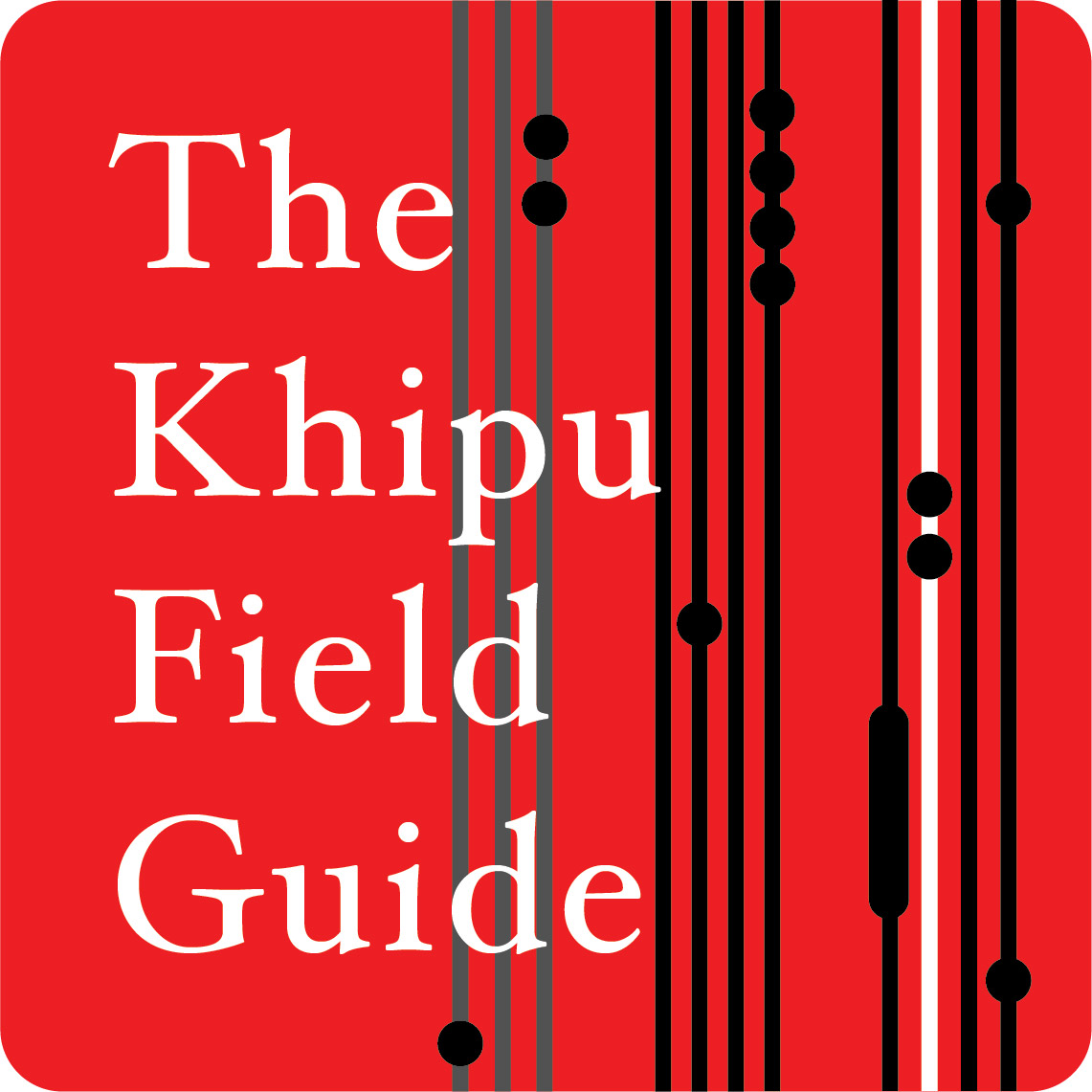[('AS074', 3.5, 46.5, 53.4),
('JC009', 42.5, 38.0, 35.7),
('JC010', 121, 80.0, 76.2),
('JC023', 21, 16.5, 12.7),
('KH0350', 19.5, 14.5, 12),
('QU011', 71.7, 59.0, 30.7),
('QU012', 76.9, 79.5, 83.0),
('UR017', 8.2, 48.5, 53.1),
('UR034', 50.5, 43.5, 40.9),
('UR050', 90.4, 82.0, 75.9),
('UR053C', 41.4, 30.5, 26.9),
('UR061', 18, 20.5, 23.3),
('UR063', 37.9, 55.5, 59.8),
('UR072', 46.5, 30.5, 27.2),
('UR087', 201, 153.0, 146.0),
('UR090', 26, 54.0, 57.0),
('UR1032', 344, 207.5, 175.3),
('UR1033F', 2, 10.5, 13.1),
('UR1114', 123.9, 169.5, 184.0),
('UR198', 143.9, 128.5, 120.1),
('UR269', 152.9, 144.5, 136.7),
('UR270', 108.4, 81.0, 77.0),
('UR274A', 53, 46.5, 43.2),
('UR274B', 53.5, 50.5, 46.7),
('UR283', 77.5, 91.5, 103.7),
('UR288', 9.5, 14.5, 18.8),
('UR292A', 36.2, 26.5, 24.4)]
